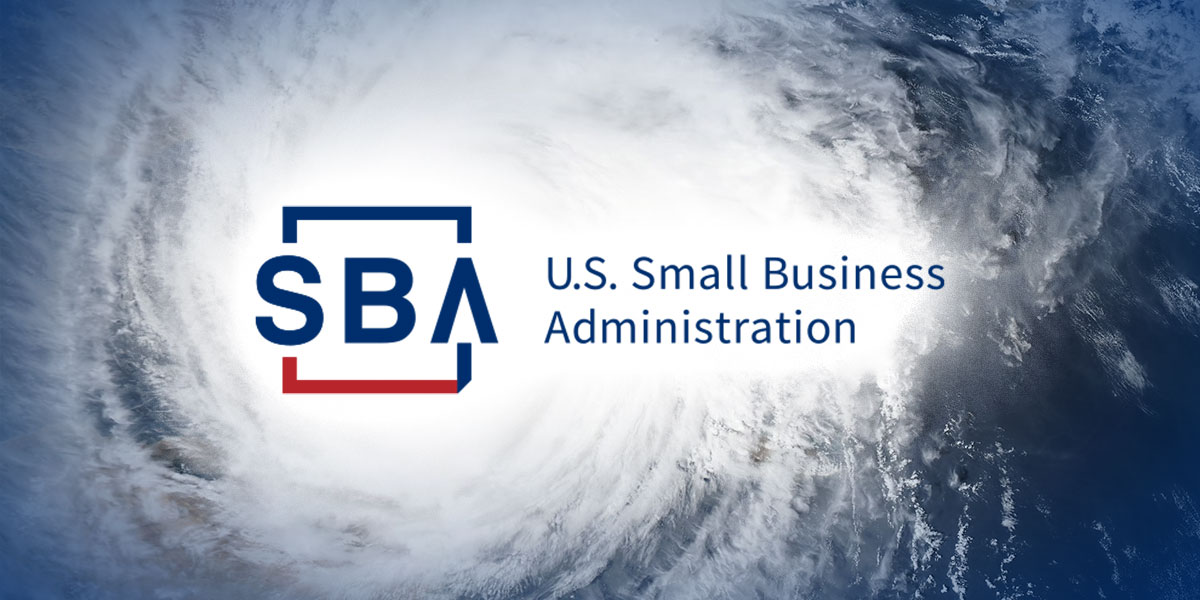Preparing for Hurricane Season: A Guide for Southeast Small Business Owners, Homeowners, and Renters
Hurricane season is upon us in the Southeast, running through the end of November. With the National Oceanic and Atmospheric Administration (NOAA) predicting a busy Atlantic season, it’s imperative for everyone—especially small business owners, homeowners, and renters—to get prepared. The forecast indicates up to 19 named storms and potentially nine hurricanes, four of which may be major (Category 3 or higher).
Understanding the Impact of Hurricanes
Hurricanes and other natural disasters can wreak havoc on communities, striking a particularly heavy blow to small businesses. Power outages, supply chain disruptions, and loss of property are just a few challenges that can arise. As the U.S. Small Business Administration (SBA) Regional Administrator, I can assure you, the right preparation can make all the difference.
Who We Are and Our Mission
The SBA has been dedicated to helping America’s small businesses thrive since 1953. We offer loans, grants, and extensive support to entrepreneurs and communities. Our Office of Disaster Recovery & Resilience (ODR&R) is specifically tasked with managing the challenges of disasters. Why a dedicated team? Because we recognize that disasters can devastate not only structures but also dreams and livelihoods. Currently, our disaster team is active in nearly 30 disaster zones, managing over 200 Economic Injury Disaster Loan declarations to assist those in need.
Available SBA Disaster Assistance
The SBA provides a range of disaster assistance options designed to be lifelines for those affected. Here’s what’s available:
Physical Damage Loans
These loans are crucial for businesses and individuals alike to repair or replace damaged property, with no interest or repayments required for the first 12 months:
- Businesses and Nonprofits: Up to $2 million to repair or replace damaged buildings, equipment, or inventory.
- Homeowners: Up to $500,000 for repairs on primary residences.
- Renters & Homeowners: Up to $100,000 for personal items, including furniture, appliances, and vehicles.
Economic Injury Disaster Loans (EIDL)
These loans help small businesses, agricultural cooperatives, and most nonprofits experiencing cash flow challenges after a disaster. Similar to physical damage loans, there are no interest or payments for the first year:
- Loan Amount: Up to $2 million to cover operating expenses, payroll, and other obligations impacted by the disaster.
Mitigation Assistance
To prepare for future storms, you can add up to 20% of your verified physical damage loan amount toward enhancements like storm windows, sump pumps, or elevating your building.
Preparing Your Documentation
To streamline the SBA loan process, it’s essential to have specific documentation ready before disaster strikes. Here is what you need:
- Financial Records: Recent tax returns, profit and loss statements, and balance sheets to illustrate your financial situation.
- Insurance Information: Details about your insurance policies and any payouts received.
- Proof of Damage: Photos, repair estimates, or contractor quotes of damaged property.
- Business Documents: Items like business licenses, articles of incorporation, or other legal documents to verify your business.
- Personal ID: Such as your driver’s license or another government-issued ID for homeowners or renters.
- Loan Application Forms: Start the application online at sba.gov/funding-programs/disaster-assistance. Have your Employer Identification Number (EIN) or Social Security Number ready to expedite the process.
Keep Your Documents Safe
Don’t forget to store digital copies of these essential documents in a secure cloud service or a waterproof container. In the event of a disaster, you won’t have time to search through soggy files.
Staying Resilient
Preparation is key to your ability to bounce back. Every business should maintain an updated emergency operations plan. You can find valuable resources for building your plan at ready.gov.
In the aftermath of a disaster, your local SBA team is here to assist you, working alongside federal, state, and local partners to help you rebuild. We understand the emotional and financial toll of recovery can be overwhelming, but we’re ready to support you at every step. Our ultimate aim is not just to help you recover, but to ensure your business emerges more resilient than ever for future generations.
For further information, visit sba.gov or stop by your local SBA office. Let’s get ready together, because when the storm comes, we’ll be there to help you recover.
— Tyler Teresa, U.S. Small Business Administration Southeast Regional Administrator


